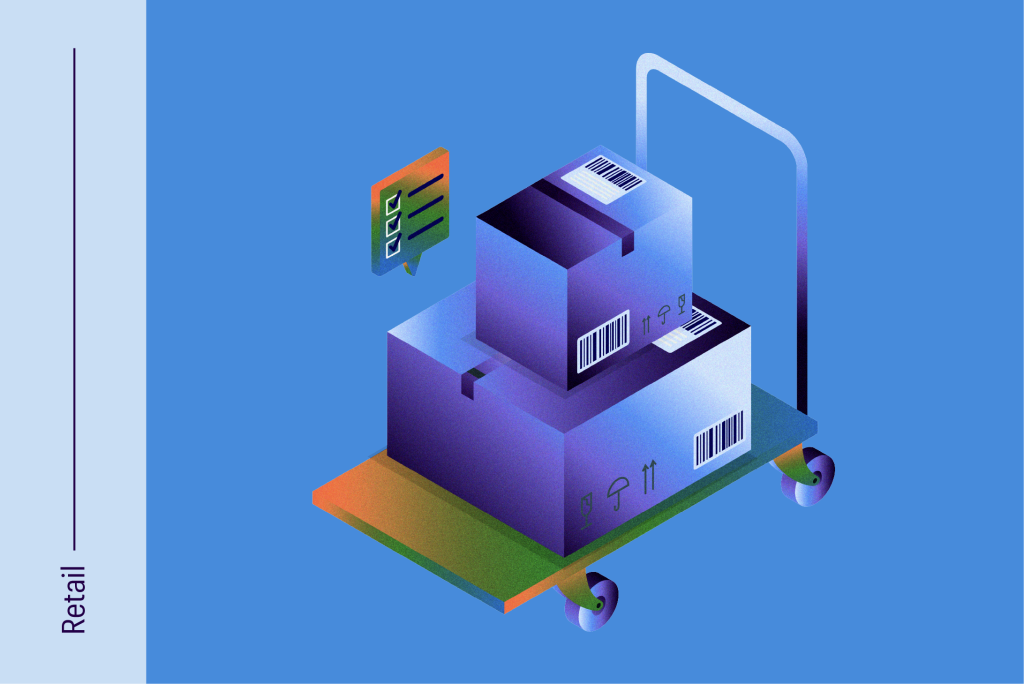
Shelf space is a valuable and limited resource in retail, especially for large-format home improvement stores with wide product assortments. Optimizing it through data-driven planograms ensures high-demand items are visible, accessible, and aligned with local customer needs. Traditional planogram methods often use static rules or national trends, missing regional nuances and shifting shopper behavior.
Modern planogram optimization uses granular sales data, store-specific patterns, and shopper insights to tailor product placement locally. This boosts sales per square foot, improves inventory turnover, and enhances the in-store experience. Our solution used localized demand trends to build dynamic planograms that increased shelf efficiency, improved product availability, and drove stronger sales at the store level.
Problem Statement
Our client, a leading home improvement retailer, was facing various difficulties with optimizing shelf space across its extensive store network. The retailer had a high dependency on manual processes for building planograms, leading to significant delays and inefficiencies. Additionally, adapting planograms to reflect local store demographics and consumer preferences was proving to be a complex and resource-intensive task. Another key challenge was the lack of actionable insights into the relationship between product placement and sales performance, making it difficult to maximize sales potential. These limitations were hindering operational efficiency and the retailer’s ability to enhance customer experience through strategic product positioning. MathCo collaborated with the client and consolidated diverse datasets to understand product characteristics, sales patterns, & customer preferences, for developing a robust shelf space optimization framework.
Impact
- Reduced planogram design time by ~80%.
- ~10% improvement in compliance and KPI performance through intuitive tools and visual insights.
- Improved shelf space utilization by ~20% leading to an increase in revenue by ~7%.
Access the Case Study to Learn More about This Partnership

Optimizing Replenishment Strategies via Demand Forecasting
Learn how we helped a leading home improvement product retailer optimize replenishment strategies through a speedy demand forecasting system, resulting in $12.33MM monthly opportunistic costs uncovered due to forecasting BIAS improvements. By enabling more precise decision-making for purchase orders, we brought about a 66% reduction in demand planner overrides and reduced execution time from twenty to seven hours.
Read more
Optimizing Retail Media Network
Retail media marketing is redefining digital advertising. By integrating advanced data analytics, brands can own intelligent retail media networks that can help them reach their customers easily.
Read more
Demand Planner
Discover how our Demand Planner solution helped a CPG company reduce inventory holding costs by 15%, cut baseline planning time by 35%, and lower lost sales from stockouts by 20%. Through advanced AI/ML models and data integration, the client achieved precise demand forecasting and improved operational efficiency.
Read more